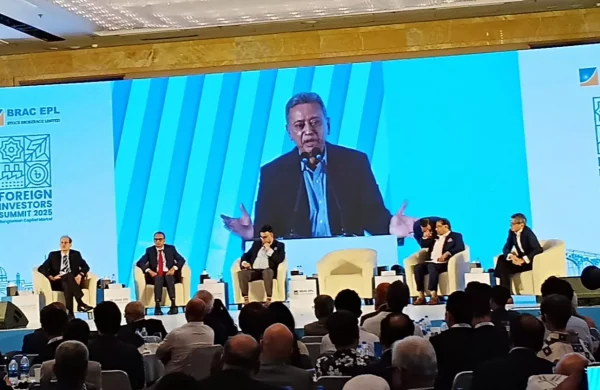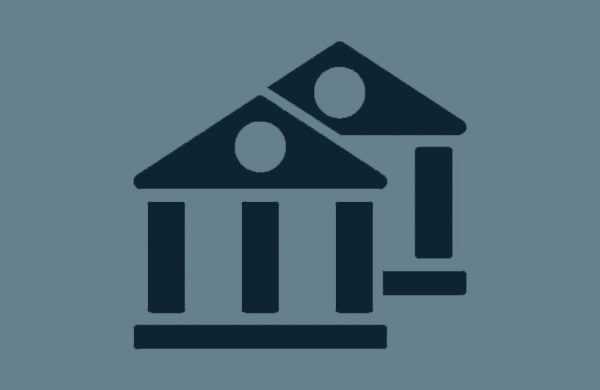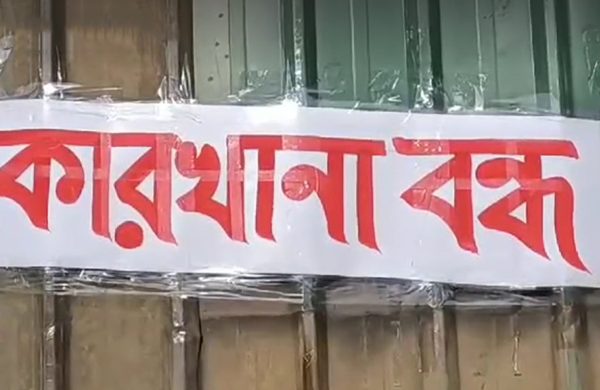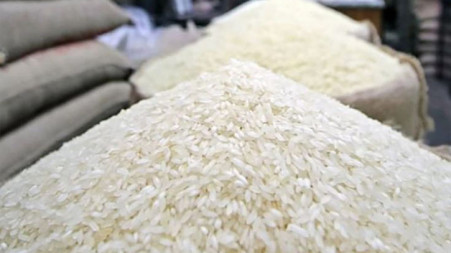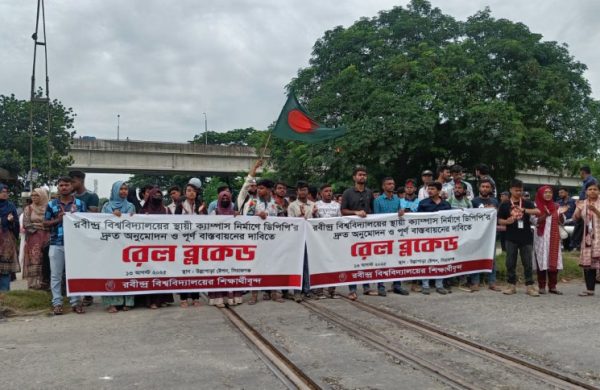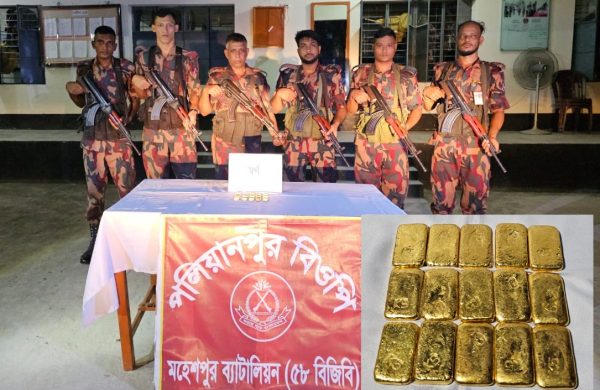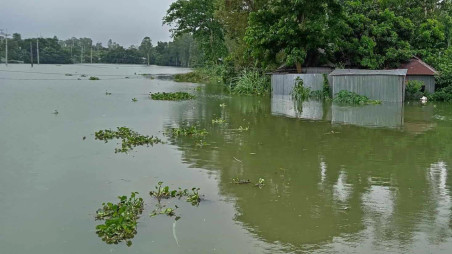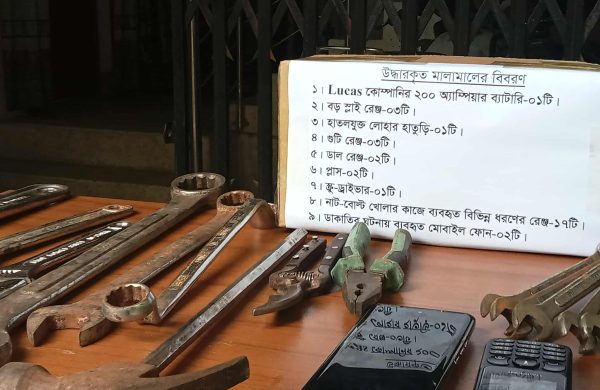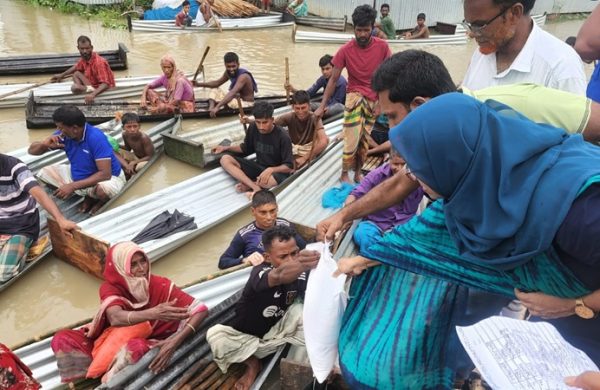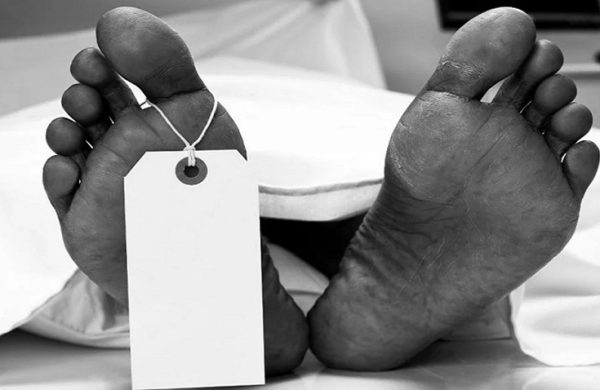Financial reforms show the way
- Update Time : Wednesday, August 13, 2025

TDS Desk:
In August last year, when the current governor took charge of the central bank, basic banking services were in turmoil. In parts of Dhaka, ATMs were out of service, and some cash-strapped banks were unable to honour cheques for as little as Tk 5,000.
Videos of angry depositors clashing with bank staff made the rounds on social media.
All the indicators were in red. The foreign exchange reserve was dwindling, the taka’s value was volatile, and public confidence in banks was at its lowest in years.
Twelve months later, the picture has changed. The currency has stabilised, reserves are edging up, and merger plans are afoot after major board shake-ups at more than a dozen troubled banks.
Economists now describe the progress as “encouraging” and “visible” compared with other sectors, crediting the interim government’s financial reform measures.
The sector’s fragility came under the spotlight after the fall of the Awami League government on August 5 last year. The interim government responded with wide-ranging measures as evidence of long-buried anomalies during the previous 16-year rule continued to surface.
Politically connected businesses and individuals had siphoned off vast sums, leaving about a dozen banks on the brink of collapse.
In December last year, a white paper on the state of the economy published by a panel of economists estimated distressed banking assets worth Tk 675,030 crore — more than the cost of building 22 Padma Bridges.
Non-performing loans (NPLs) reached a record Tk 420,335 crore by March this year, up sharply from Tk 211,391 crore in June 2024. The paper also estimated that around $16 billion was illicitly transferred out of the country each year during Sheikh Hasina’s “corrupt autocracy”.
Bangladesh Bank Governor Ahsan H Mansur, a former IMF economist who assumed the role after the political changeover, estimated that $18-20 billion had been laundered from the banking system alone.
BANK BOARDS SHAKEN-UP
Last year, the central bank dissolved the boards of 14 commercial lenders, many previously dominated by the S Alam Group and other politically influential players. The list includes Islami Bank Bangladesh, First Security Islami Bank, Social Islami Bank, Global Islami Bank, Union Bank, Al-Arafah Islami Bank, Bangladesh Commerce Bank, National Bank, United Commercial Bank, IFIC Bank, EXIM Bank, NRB Bank, NRBC Bank and Meghna Bank.
To ease a liquidity crunch, the banking regulator injected more than Tk 50,000 crore into weak banks.
Three taskforces were formed. One for banking reform, another to strengthen the central bank, and a third to recover laundered assets. The Asian Development Bank and World Bank approved support for these efforts.
The Banking Reform Taskforce introduced the Bank Resolution Ordinance 2025, empowering the central bank and government to take over troubled lenders, transfer shares to state entities, appoint administrators and create bridge banks.
A new Bank Restructuring and Resolution Unit has been set up at the central bank to implement these measures.
A joint taskforce of the Anti-Corruption Commission (ACC), National Board of Revenue (NBR) and Criminal Investigation Department (CID) is investigating 10 major business groups and family members close to the former prime minister over alleged money laundering and other offences.
Currently, the ACC is leading the probe, while the Bangladesh Financial Intelligence Unit (BFIU) is providing secretariat support.
GLOBAL AUDITS EXPOSE DEEPER LOSSES
In January, global audit firms Ernst & Young and KPMG were appointed under an ADB-funded initiative to assess the asset quality of six banks.
The lenders are First Security Islami Bank, Exim Bank, Global Islami Bank, Social Islami Bank, ICB Islamic Bank and Union Bank.
The audits showed that these six banks were in severe financial distress, with NPLs four times higher than reported earlier. Based on these findings, the central bank decided to merge five of the lenders under the Bank Resolution Ordinance, excluding ICB Islamic Bank due to foreign investment.
In the second phase, 11 more banks, which were hit by irregularities and scams during the Awami League government, will undergo asset quality review.
The banks are Islami Bank Bangladesh, Al-Arafah Islami Bank, National Bank, Bangladesh Commerce Bank, United Commercial Bank, IFIC Bank, AB Bank, Premier Bank, NRB Commercial Bank, NRB Bank, and Meghna Bank.
RESERVES RISE ON REMITTANCE TONIC
Remittance inflows have jumped since the fall of the Hasina government, topping $30 billion for the first time and rising by a record $6.4 billion in the fiscal year 2024-25.
Industry insiders attribute this to a narrower gap between official and informal exchange rates and tighter anti-money laundering measures following the political changeover.
This inflow, combined with improved export performance, has helped the central bank shore up reserves and ease pressure on the foreign exchange market, which had been unstable for over two years.
The taka has stabilised under a more flexible exchange rate system introduced after the IMF recommendation.
In late July, reserves stood at $24.98 billion, up from $20.98 billion a year earlier, according to Bangladesh Bank data.
In October last year, the central bank raised its policy rate to 10 percent, the 11th consecutive hike since May 2022 and the fifth that year, to blunt the brutal inflationary curve.
Inflation has eased slightly, dropping to 8.48 percent in June from 9.05 percent in May, falling below the 9 percent mark for the first time in more than two years.
However, private sector credit growth was just 6.40 percent in June, the lowest in recent years.
TIGHTENING RULES
After the formation of the interim government, the banking regulator initiated amendments to several regulations and acts.
The BB is now working to amend the Bank Company Act-1991 (Amendment-2023) and the Bangladesh Bank Order, 1972.
Besides, it is working to introduce a Distressed Asset Management Act; an Islamic Banking Act; and regulations for E-Money Issuers in Bangladesh-2025.
Under the new governor, the BB tightened dividend payout rules for listed banks.
As a result, a number of banks failed to declare dividends for their shareholders at the end of 2024 due to their poor financial health.
‘REFORMS VISIBLE, ENCOURAGING’
Fahmida Khatun, executive director of the Centre for Policy Dialogue (CPD), said it seems that it is the financial sector, especially the banking sector, where they are seeing visible reforms, which is very encouraging.
“Such signs are not really evident in other sectors. I observe that within the financial sector, it is specifically the banking sector where notable reforms are visible,” she commented.
However, the economist said that it was unclear whether reforms would continue after elections.
“One concern is what will happen after the election, how committed the incoming government will be. Whether they will continue these reforms or if it will remain superficial or short-term is something to think about. We are uncertain about political parties’ commitment to medium- to long-term and continuous reform.”
Mustafa K Mujeri, executive director of the Institute for Inclusive Finance and Development (InM), said that although the central bank has taken several initiatives, there has not been much success in recovering default loans. “In fact, over the past year, there has not been significant progress in this area.”
Mujeri, also the former chief economist of the Bangladesh Bank, said no strong measures have been taken, and the central bank’s loan support to weak banks is essentially keeping them afloat. “So even though assistance is being provided, the core problem remains unresolved.”
Areif Hossain Khan, executive director and spokesperson of the Bangladesh Bank, that the reforms are not limited to the banking sector. Rather, initiatives have also been taken to reform non-performing Non-Bank Financial Institutions (NBFIs). For those in a very fragile condition, strict actions are being considered.



